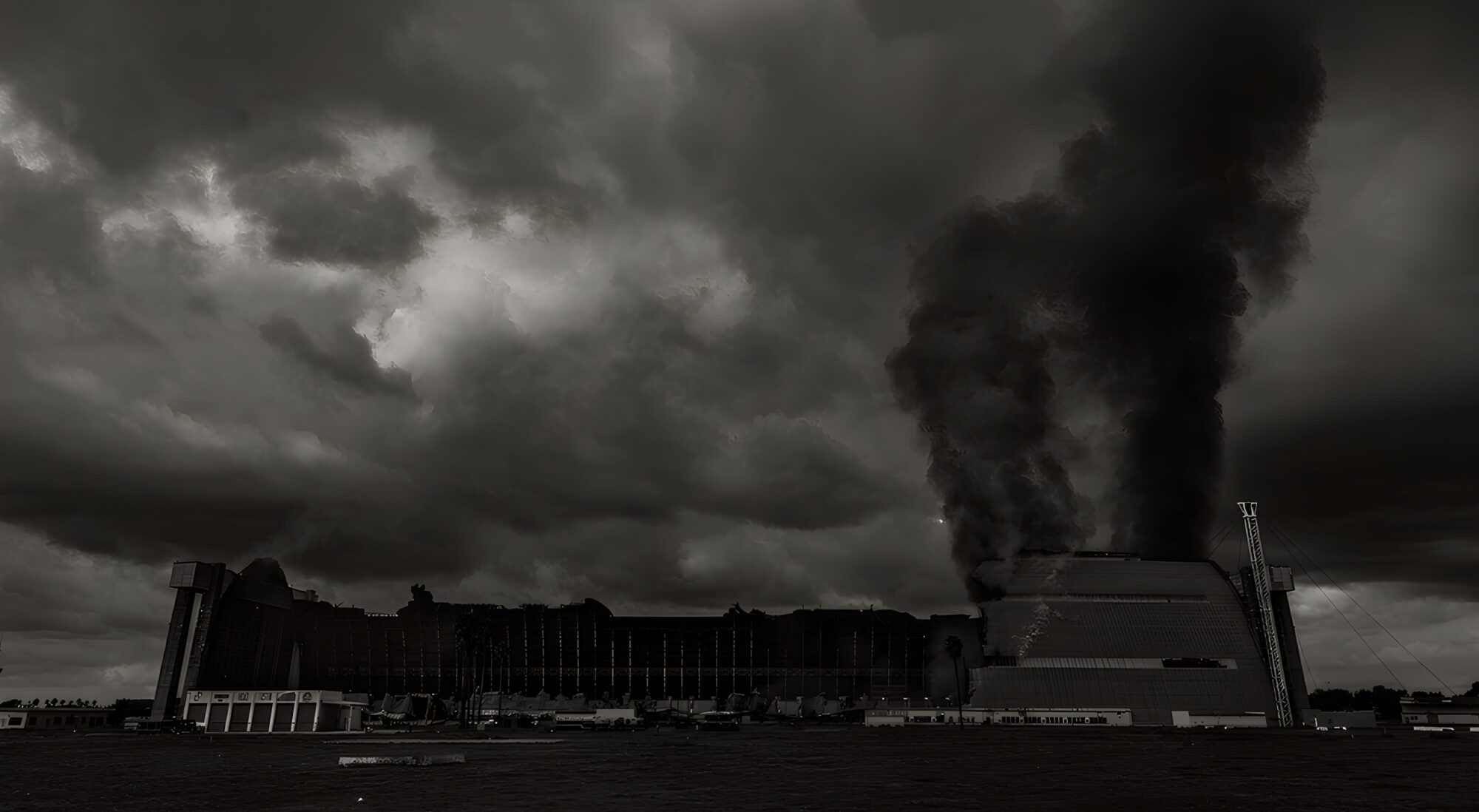CALIFORNIA (WTVO) — With California’s power grid under strain due to extreme heat and high demand, the utility grid operator is asking residents to avoid charging their electric vehicles. This comes days after the state announced a plan to ban the sale of gas-powered cars by 2035.
The California Independent System Operator is asking residents for “voluntary energy conservation” over the Labor Day weekend.
According to the National Weather Service, the western United States is facing a “prolonged and record heat wave.”
“The top three conservation actions are to set thermostats to 78 degrees or higher, avoid using large appliances and charging electric vehicles, and turn off unnecessary lights,” the American Public Power Association said, asking residents to limit energy usage during 4 p.m. and 9 p.m.
“Today, most people charge their electric cars when they come home in the evening — when electricity demand is typically at its peak,” according to Cornell University’s College of Engineering. “If left unmanaged, the power demanded from many electric vehicles charging simultaneously in the evening will amplify existing peak loads, potentially outstripping the grid’s current capacity to meet demand.”
The regulations passed by the California Air Resources Board last week say that 2035 the state will require automakers to sell only cars that run on electricity or hydrogen, though some can be plug-in hybrids that use gas and batteries. People will still be able to buy used cars that run on gas, and car companies will still sell some plug-in hybrids.
The regulation will help California meet clean air standards by cutting emissions, resulting in a 25% reduction in smog-forming emissions from passenger vehicles by 2037.
California already has the nation’s largest electric vehicle market in the country with over 1.1 million vehicles registered. That comprises 43% of the nation’s plug-in vehicles.
Today, though, there are just 80,000 public charging stations around the state, far short of the 1.2 million the state estimates it needs by 2030.
The U.S. Department of Transportation has made $5 billion in federal money available to states for EV charging stations over five years, under President Joe Biden’s infrastructure law. Under Transportation Department requirements, states must submit plans to the federal government and can begin construction by this fall if they focus first on highway routes, rather than neighborhoods and shopping centers.
The law provides an additional $2.5 billion for local grants, planned for later this year, to fill the remaining gaps in the charging network in rural areas and in disadvantaged communities.
Electric vehicles amounted to less than 3% of U.S. new auto sales last year, but forecasters expect big increases in the next decade.
In the U.S., Massachusetts, Washington, and New York are among states that have set goals to transform their car markets or have already committed to following California’s new rules.
The Associated Press contributed to this report.
